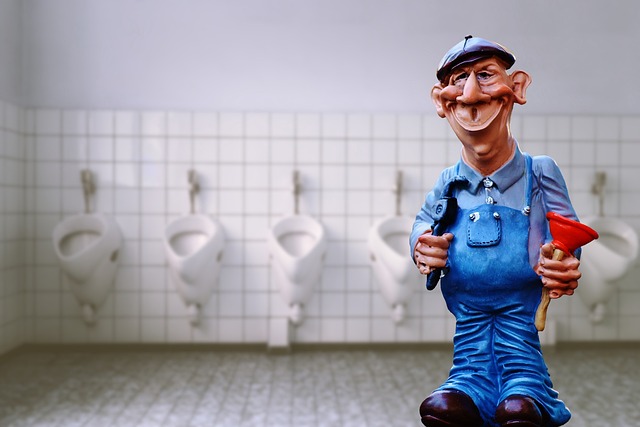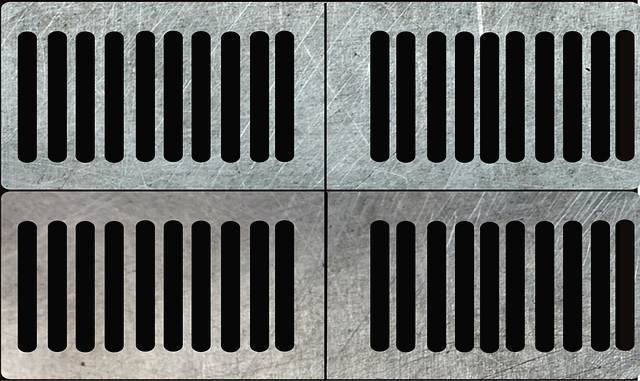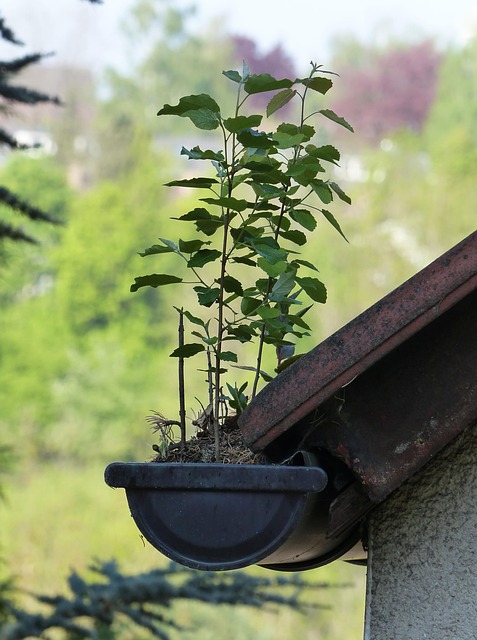Homeowners often overlook early warning signs of clogged drains, such as slowed drainage and water backing up, which can lead to costly plumbing issues like flooding and damage. Recognizing these signs of a clogged drain is crucial for prevention. Regular maintenance, including installing drain covers, scheduling professional cleanouts, and being mindful of what goes down the drain, combined with prompt action upon detecting these signs, significantly reduces the risk of major, expensive drain failures.
Tired of that annoying gurgling sound or slowly draining sink? It could be a warning sign of a clogged drain, a problem that can lead to costly repairs if left unattended. This article guides you through the key signs of a clogged drain, helping you recognize potential issues before they become major headaches (and wallets-drainers). We’ll also explore the impact and costs these clogs can cause and share proactive tips to prevent them from happening in the first place.
- Recognizing Common Warning Signs of a Clogged Drain
- Understanding the Impact and Potential Costs of Drain Clogs
- Proactive Measures to Prevent Costly Drain Repairs
Recognizing Common Warning Signs of a Clogged Drain

Many homeowners often ignore the subtle signs that their drains are clogged, which can lead to more severe and costly issues down the line. Recognizing common warning signs is the first step towards preventing major plumbing disasters. One of the earliest indicators is a noticeable slow-down in drainage speed; even a slight delay when pouring water down the sink or shower can suggest a potential clog.
Another sign to look out for is water backing up into the sink or bathtub. If you notice that the water level rises and overflows before draining, it’s likely due to a blockage. Additionally, strange noises coming from your drains, such as banging or gurgling sounds, could indicate a partial clog. These initial signs are often easy to overlook but can be the key to avoiding expensive repairs in the future.
Understanding the Impact and Potential Costs of Drain Clogs

The impact of a clogged drain can extend far beyond mere inconvenience. When water cannot flow freely, it often backs up into sinks, tubs, and toilets, leading to potential flooding and water damage. This not only poses risks to your property but also increases the likelihood of costly repairs. Moreover, the buildup of debris in drains can attract harmful bacteria, contributing to unsanitary conditions.
Identifying the signs of a clogged drain early is crucial for avoiding these issues. Common indicators include slow drainage, unusual gurgling sounds, and standing water in sinks or showers. If left unaddressed, clogs can escalate into complete drain failures, requiring emergency plumbing services. Regular maintenance and prompt action when faced with these signs are key to preventing major—and expensive—drain-related headaches.
Proactive Measures to Prevent Costly Drain Repairs

Regular maintenance is key in preventing costly drain repairs. Homeowners should adopt proactive measures to keep their drains clear and functional. One effective strategy is to install drain covers or traps, which can catch hair, grease, and other common blockages before they enter the pipes. Additionally, scheduling periodic professional cleanouts is essential, especially for high-traffic areas like kitchens and bathrooms.
Another preventive measure involves being mindful of what goes down the drain. Avoid pouring grease, coffee grounds, or large food particles into the sink. Instead, use hot water to flush out any built-up residue. Furthermore, consider using eco-friendly cleaning products that are less likely to clog pipes. By combining these proactive steps with regular inspection for common signs of a clogged drain, homeowners can significantly reduce the risk of expensive plumbing emergencies.
Identifying the warning signs of a clogged drain early on can save you from costly repairs. By understanding the common indicators, such as slow drainage or unusual odors, and taking proactive measures like regular cleaning and maintenance, you can prevent major plumbing issues. Remember that preventing is always more effective (and affordable) than curing, so be sure to implement these simple steps to keep your drains flowing smoothly.
